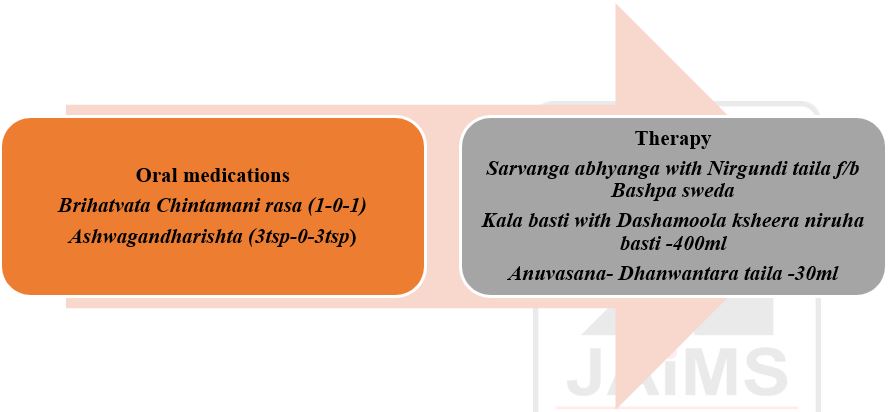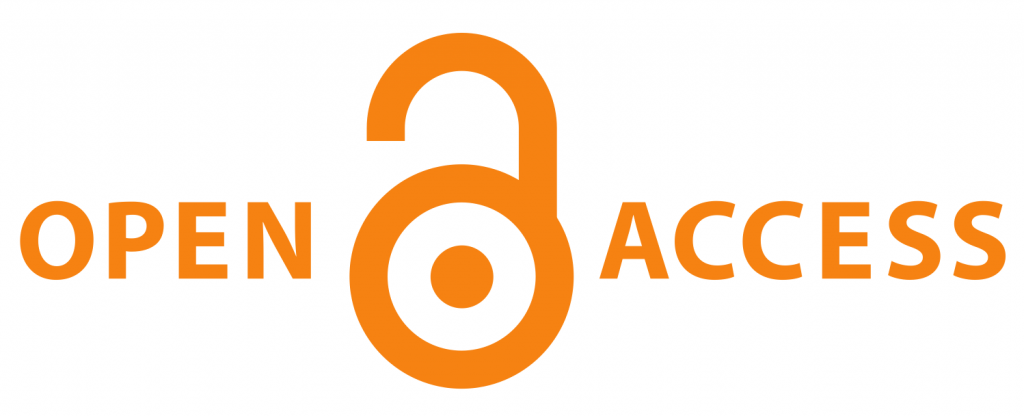Role of Ayurveda in the management of Cerebellar Ataxia as Sarvangavata - A Case Report
DOI:
https://doi.org/10.21760/jaims.10.3.70Keywords:
Cerebellar Ataxia, Matsulunga Kshaya, VatavyadhiAbstract
Background: Cerebellar Ataxia is a heterogenous group of autosomal disorder characterized by uncoordinated muscle movements with loss of balance mainly due to lesions in cerebellum. Cerebellar ataxia can be inherited or acquired. Inherited Cerebellar Ataxia may be present at birth or manifest later as autosomal dominant or recessive. There is no definitive cure for the disease. With limited options available in other system of medicine, Ayurveda line of treatment may be helpful in managing the condition.
Case report: A female patient aged 25 years known case of Autosomal Recessive Cerebellar Ataxia visited Kayachikitsa Outpatient Department, Sushruta Ayurvedic Medical College and Hospital, Bengaluru with complaints of difficulty in standing, walking, weakness in both lower limbs since 10 years. After assessment of patient, considered as Matsulunga Kshayajanya Sarvangavata. Vatavyadhi (~diseases caused due to vitiated Vata) line of Chikitsa was adopted such as Sarvanga Abhyanaga (~full body massage with medicated oil), Sweda (~sudation with medicated liquid), Kala Basti (~ course of 16 therapeutic enemas) and Shamanoushadhis (~palliative medicines).
Results: Patient got significant improvement in her strength and gait improved. Change in SARA Scale was also observed.
Conclusion: This case study shows that Autosomal Recessive (AR) Ataxia can be managed through Ayurveda line of treatment in the way of improving the strength and quality of their living.
Downloads
References
Ralston SH, Penman ID, Strachan MWJ, Hobson RP, editors. Davidson’s Principles and Practice of Medicine. 23rd ed. Elsevier; 2018.
Scale for the Assessment and Rating of Ataxia (SARA) [Internet]. Physio-Pedia. Available from: Physio-Pedia
Govind Das Sen. Bhaishajya Ratnavali. Vatavyadhi Rogadhikara, Ver. 502-503.
Govind Das Sen. Bhaishajya Ratnavali. Murcharogadhikara, Ver. 13-17.
Ajamamsa Rasayana. Sahasrayoga, Parishishta Prakarana.















